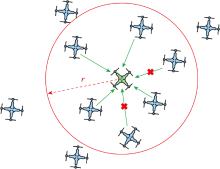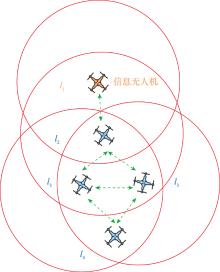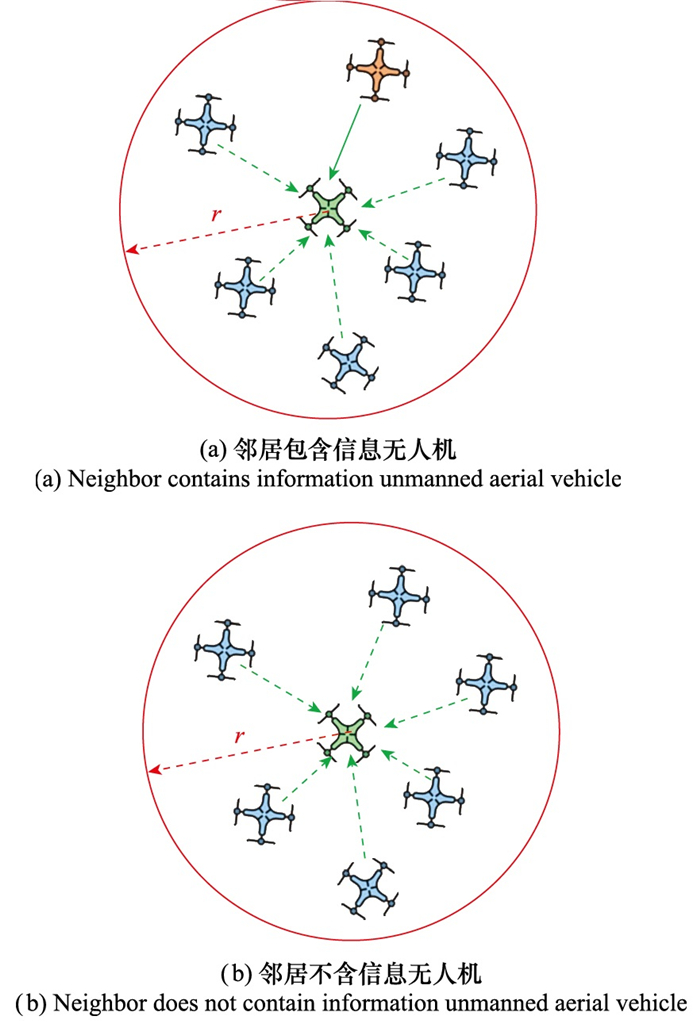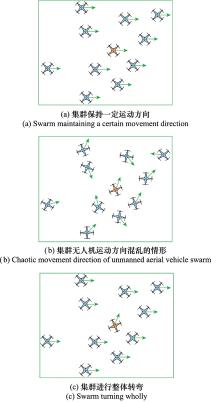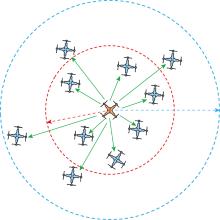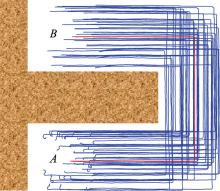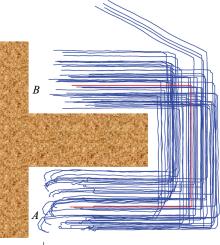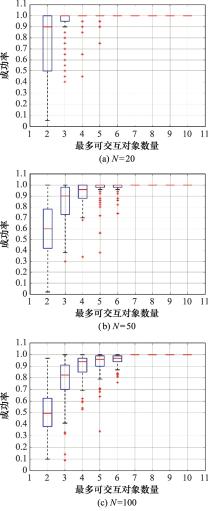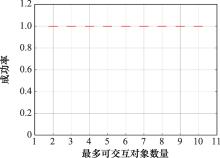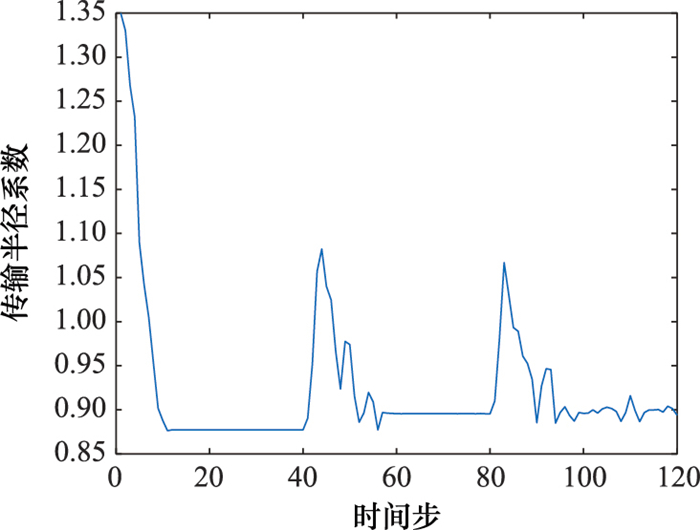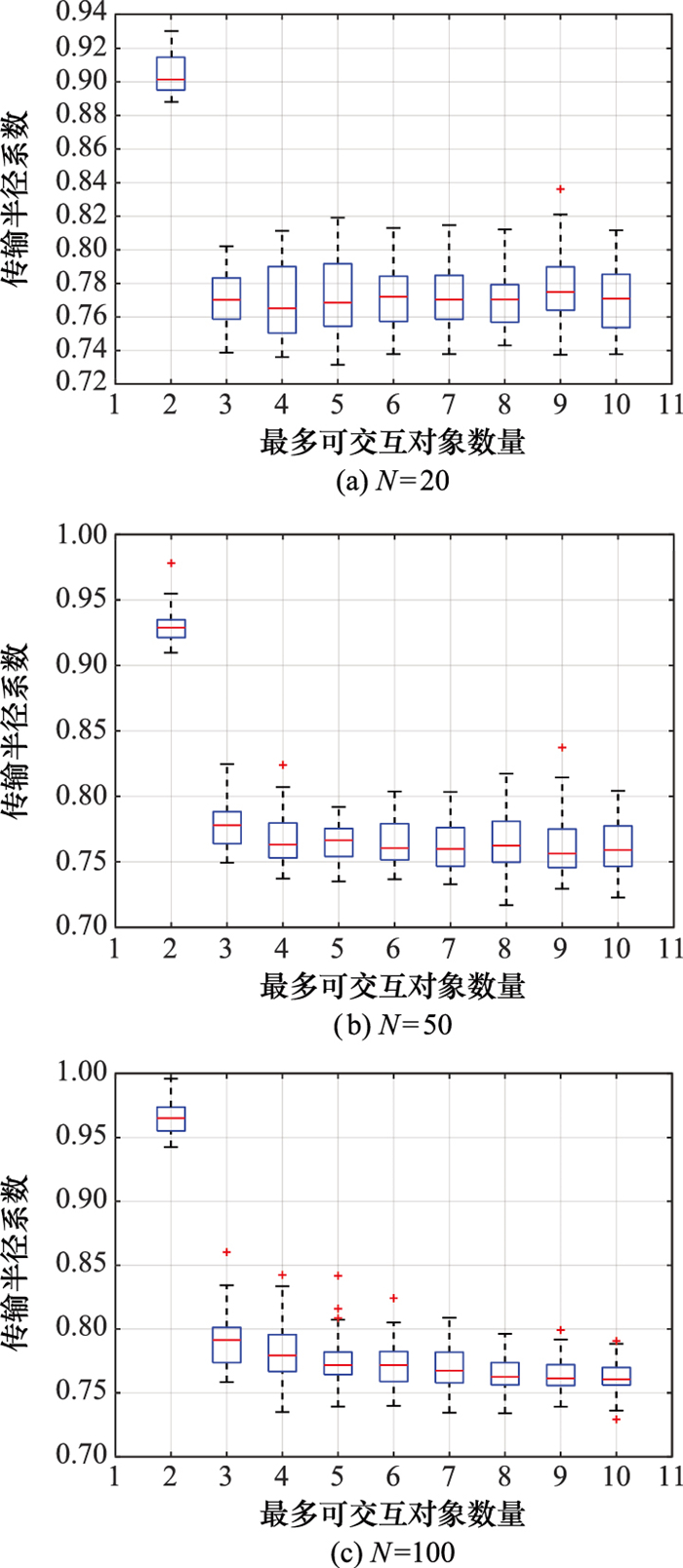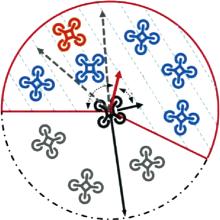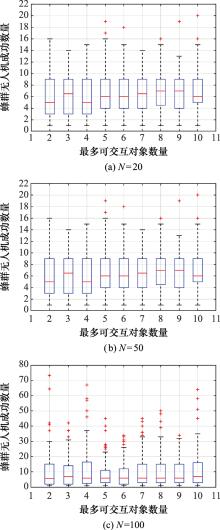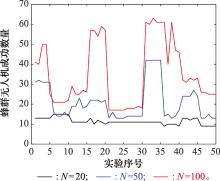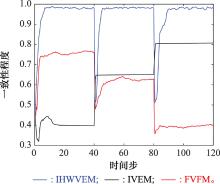| 1 |
喻煌超, 牛轶峰, 王祥科. 无人机系统发展阶段和智能化趋势[J]. 国防科技, 2021, 42 (3): 18- 24.
|
|
YU H C , NIU Y F , WANG X K . Stages of development of unmanned aerial vehicles[J]. National Defense Science & Technology, 2021, 42 (3): 18- 24.
|
| 2 |
OLFATI-SABER R . Flocking for multi-agent dynamic systems: algorithms and theory[J]. IEEE Trans.on Automatic Control, 2006, 51 (3): 401- 420.
doi: 10.1109/TAC.2005.864190
|
| 3 |
刘雷, 刘大卫, 王晓光, 等. 无人机集群与反无人机集群发展现状及展望[J]. 航空学报, 2022, 43 (S1): 726908.
|
|
LIU L , LIU D W , WANG X G , et al. Development status and outlook of UAV clusters and anti-UAV clusters[J]. Acta Aeronautica et Astronautica Sinica, 2022, 43 (S1): 726908.
|
| 4 |
刘明雍, 雷小康, 杨盼盼, 等. 群集运动的理论建模与实证分析[J]. 科学通报, 2014, 59 (25): 2464- 2483.
|
|
LIU M Y , LEI X K , YANG P P , et al. Progress of theoretical modelling and empirical studies on collective motion[J]. Chinese Science Bulletin, 2014, 59 (25): 2464- 2483.
|
| 5 |
BEAVER L E , MALIOKOPOULOS A A . An overview on optimal flocking[J]. Annual Reviews Control, 2021, 51, 88- 89.
doi: 10.1016/j.arcontrol.2021.03.004
|
| 6 |
YAN C , XIANG X J , WANG C . Fixed-wing UAVs flocking in continuous spaces: a deep reinforcement learning approach[J]. Robotics and Autonomous Systems, 2020, 131, 103594.
doi: 10.1016/j.robot.2020.103594
|
| 7 |
CHEN H , CONG Y R , WANG X K , et al. Coordinated path-following control of fixed-wing unmanned aerial vehicles[J]. IEEE Trans.on Systems, Man, and Cybernetics: Systems, 2021, 52 (4): 2540- 2554.
|
| 8 |
HOANG D , TRAN D M , TRAN T S , et al. An adaptive weighting mechanism for Reynolds rules-based flocking control scheme[J]. Peer J Computer Science, 2021, 7, e388.
doi: 10.7717/peerj-cs.388
|
| 9 |
LIU X Y , XIANG X , CHANG Y , et al. Hierarchical weighting Vicsek model for flocking navigation of drones[J]. Drones, 2021, 5 (3): 74.
doi: 10.3390/drones5030074
|
| 10 |
LIU X Y , YAN C , ZHOU H , et al. Towards flocking navigation and obstacle avoidance for multi-UAV systems through hierarchical weighting Vicsek model[J]. Aerospace, 2021, 8 (10): 286.
doi: 10.3390/aerospace8100286
|
| 11 |
王祥科, 刘志宏, 丛一睿. 小型固定翼无人机集群综述和未来发展[J]. 航空学报, 2020, 41 (4): 023732.
|
|
WANG X K , LIU Z H , CONG Y R . Miniature fixed-wing UAV swarms: review and outlook[J]. Acta Aeronautica et Astronautica Sinica, 2020, 41 (4): 023732.
|
| 12 |
赵国荣, 刘伯彦, 赵超轮, 等. 带宽受限的集群无人机位姿分布式融合估计器[J]. 电光与控制, 2020, 27 (4): 1- 5.
|
|
ZHAO G R , LIU B Y , ZHAO C L , et al. A distributed fusion estimator with bandwidth limitation for clustered UAVs' position and attitude estimation[J]. Electronics Optics & Control, 2020, 27 (4): 1- 5.
|
| 13 |
赵飞虎, 李哲, 梁晓龙, 等. 通信带宽受限条件下的无人机集群协同搜索[J]. 电光与控制, 2022, 29 (10): 12-17, 23.
|
|
ZHAO F H , LI Z , LIANG X L , et al. Cooperative search of UAV swarm under limited communication bandwidth[J]. Electronics Optics & Control, 2022, 29 (10): 12-17, 23.
|
| 14 |
朱柏涛, 邓亦敏, 段海滨. 基于特定有限交互规则的无人机集群协同控制[J]. 弹箭与制导学报, 2022, 42 (6): 1- 5.
|
|
ZHU B T , DENG Y M , DUAN H B . Cooperative control of UAV swarm based on specific limited interaction rules[J]. Journal of Projectiles, Rockets, Missiles and Guidance, 2022, 42 (6): 1- 5.
|
| 15 |
俞汉清, 林艳, 贾林琼, 等. 面向多目标救援的通信受限无人机集群分布式策略[J]. 物联网学报, 2022, 6 (3): 103- 112.
|
|
YU H Q , LIN Y , JIA L Q , et al. A distributed strategy for the multi-target rescue using a UAV swarm under communication constraints[J]. Chinese Journal on Internet of Things, 2022, 6 (3): 103- 112.
|
| 16 |
王宁, 李哲, 梁晓龙, 等. 通信距离受限条件下的无人机集群协同区域搜索[J]. 系统工程与电子技术, 2022, 44 (5): 1615- 1625.
|
|
WANG N , LI Z , LIANG X L , et al. Cooperative region search of UAV swarm with limited communication distance[J]. Systems Engineering and Electronics, 2022, 44 (5): 1615- 1625.
|
| 17 |
徐广通, 孟子阳, 龙腾, 等. 通信距离受限下无人机集群轨迹分布式滚动规划[J]. 中国科学: 信息科学, 2022, 52 (8): 1527- 1541.
|
|
XU G T , MENG Z Y , LONG T , et al. Trajectory distributed receding planning for UAV swarms subject to limited communication distance[J]. Scientia Sinica Informationis, 2022, 52 (8): 1527- 1541.
|
| 18 |
SHEN J W , WANG S Z , ZHAN X Q . Multi-UAV cluster-based cooperative navigation with fault detection and exclusion capability[J]. Aerospace Science and Technology, 2022, 124, 107570.
doi: 10.1016/j.ast.2022.107570
|
| 19 |
JIN J Y , ZHANG T T . Research on autonomous behavior decision of UAV cluster with limited communication bandwidth[J]. Journal of Command and Control, 2022, 44 (6): 7- 15.
|
| 20 |
FEI B W , BAO W D , ZHU X M , et al. Autonomous cooperative search model for multi-UAV with limited communication network[J]. IEEE Internet of Things Journal, 2022, 9 (19): 19346- 19361.
doi: 10.1109/JIOT.2022.3165278
|
| 21 |
周浩亮. 模糊数学基本理论及其应用[J]. 建井技术, 1994, (Z1): 70-80, 96.
|
|
ZHOU H L . Fuzzy mathematical theory model and empirical analysis research[J]. Mine Construction Technology, 1994, (Z1): 70-80, 96.
|
| 22 |
阮朗, 李广侠, 吕晶, 等. 一种基于分簇的集群协同定位系统[J]. 南京邮电大学学报(自然科学版), 2022, 42 (2): 31- 41.
|
|
RUAN L , LI G X , LYU J , et al. A clustering-based cooperative localization system for swarm[J]. Journal of Nanjing University of Posts and Telecommunications: Natural Science Edition, 2022, 42 (2): 31- 41.
|
| 23 |
顾凌枫, 何明, 陈国友, 等. 无人机集群系统弹性研究[J]. 系统工程与电子技术, 2021, 43 (1): 156- 162.
|
|
GU L F , HE M , CHEN G Y , et al. Research on unmanned aerial vehicle swarm system resilience[J]. Systems Engineering and Electronics, 2021, 43 (1): 156- 162.
|
| 24 |
陈世明, 舒娟, 聂森, 等. 一类改进的Vicsek模型的收敛性能[J]. 信息与控制, 2011, 40 (3): 318- 322.
|
|
CEHN S M , SHU J , NIE S , et al. Convergence efficiency of a class of improved Vicsek model[J]. Information and Control, 2011, 40 (3): 318- 322.
|
